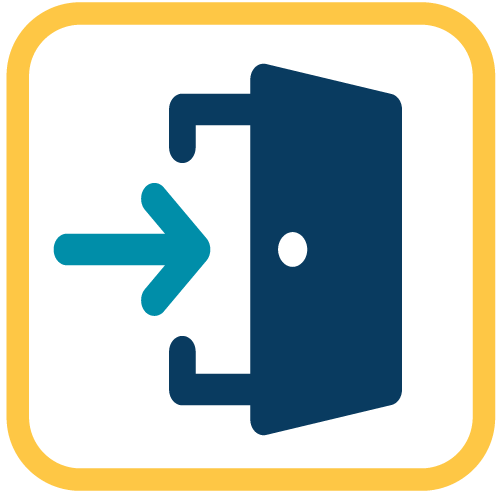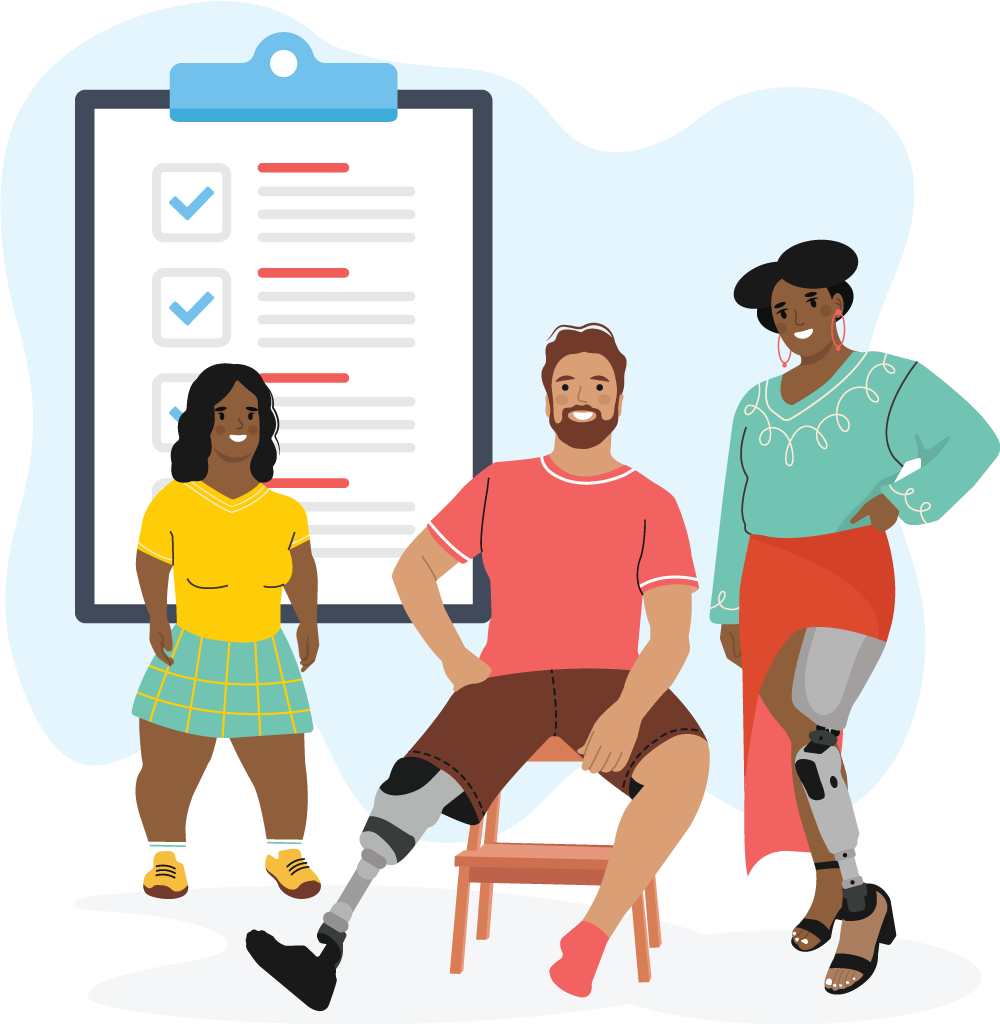Actions and Items to Consider for All Emergencies
Whether the emergency calls for an evacuation or to shelter-in-place, planning is important. This section provides several checklists that will assist you in completing your emergency preparedness plan(s).
Actions for All Emergencies
- Arrange for a relative, friend or neighbor to check on you in an emergency. Discuss with them how they will gain access to your home if they cannot open the door.
- Make sure that you have adequate PCA support.
- Post emergency telephone numbers near the telephone or programmed into your cell phone where you can find them easily. Include a copy in each emergency kit.
- Teach children and others in the household what to do, who to call and when.
- Locate your emergency kit, take the battery or crank-operated radio, and listen for emergency information.
- Consider getting a medical alert system that will allow you to call for help if you are immobilized in an emergency.
- Keep family records, medical records, and other important documents in watertight, fireproof containers, or online.
- Consider getting a medical ID bracelet or medical dog tags that state your disability.
- Make sure your service animal is properly identified with a harness, otherwise first responders may think it’s a pet.
- Learn how to turn off the water, gas, and electricity at main valves or switches.
- Identify one out-of-state and one local friend or relative for family members to call if separated by disaster.
Items for All Emergencies
- Copies of Important Information (PDF), including contact numbers and insurance information (seal documents in a waterproof container)
- Medical Information (PDF), including special equipment information and other important documents (seal documents in a waterproof container)
- Eyeglasses, contact lenses and supplies, dentures, hearing aid batteries
- Personal identification
- Medications
- Money (cash, credit cards, checkbook)
- Personal hygiene items, hand sanitizer, soap, household chlorine bleach
- Solar cell phone charger
- Flashlight, extra batteries, battery-powered radio, whistle, candles, waterproof matches, lighter
- First aid kit, dust masks, red bandana
- Shoes, work gloves, rain gear
- Plastic garbage bags, toolkit
Items for Infants and Young Children
- Formula
- Diapers
- Bottles
- Toys
Actions for Shelter-in-place
- Know how to connect or start a backup power supply if needed.
Items for Shelter-in-place
- Bottled water, if possible, 14-30 day supply of non-perishable food, can opener.
Actions for an Evacuation Plan
- Review possible transportation options, such as a personal vehicle, or friend, or contact your local paratransit system before the emergency occurs. Have a backup transportation plan, in case your first choice is unavailable.
- Review accessible exits if you or someone in your household has a mobility disability. Make sure you have a second accessible exit, in case the primary exit is blocked. At a minimum, have some ideas on how you would evacuate in this case.
- Identify two meeting places:
- A place near your home in case of a fire.
- A place outside your neighborhood in case you cannot return home after a disaster.

